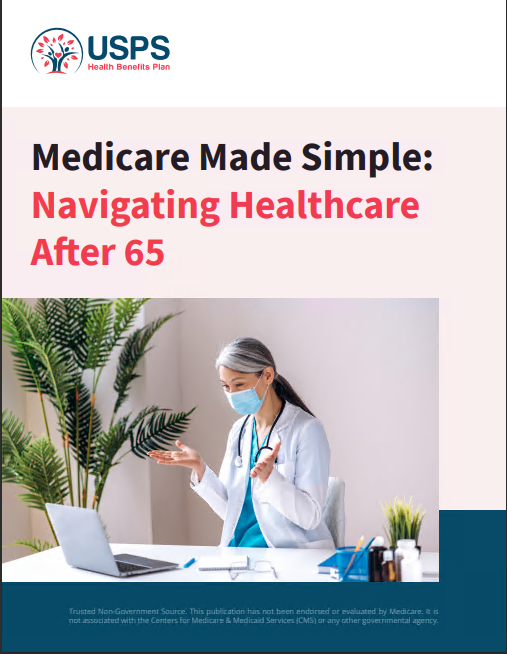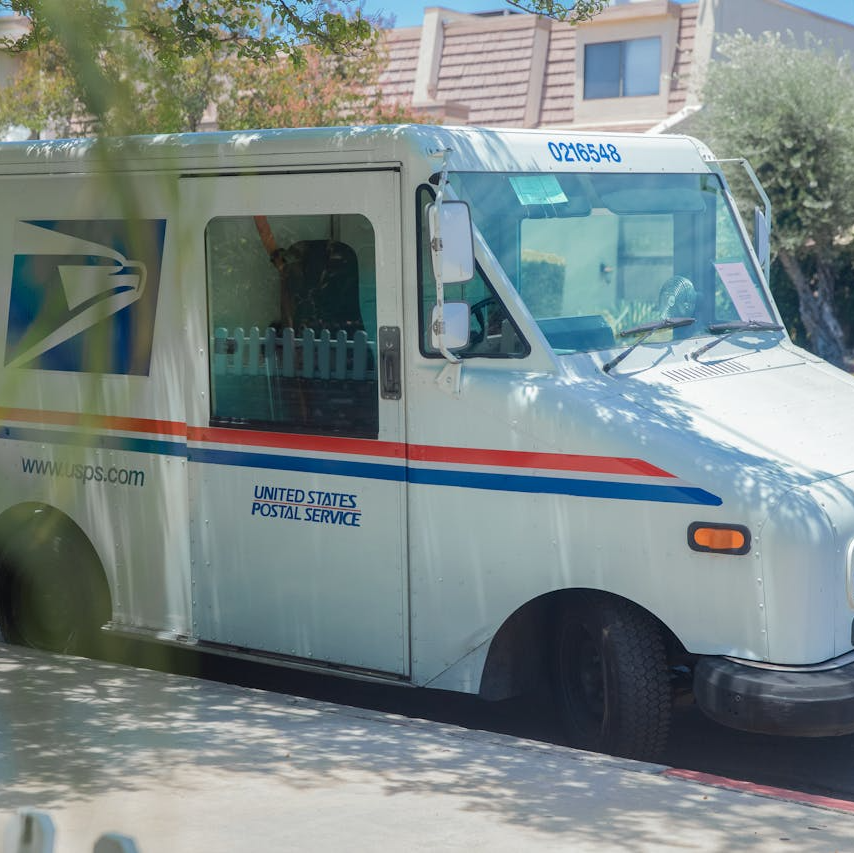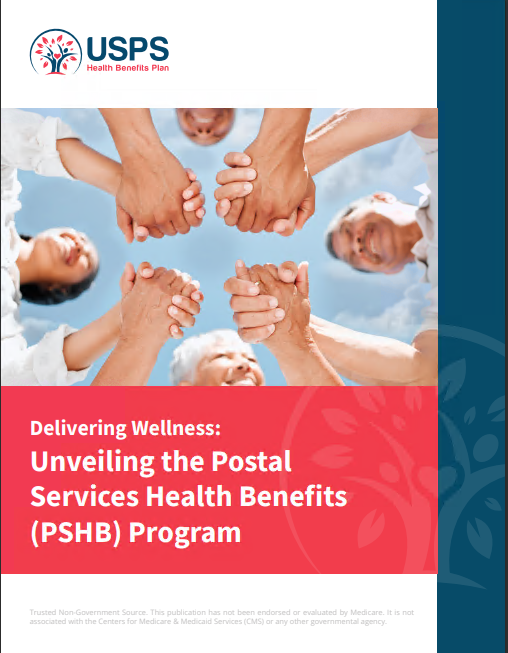Key Takeaways
-
Choosing between Medicare Supplement and Postal Service Health Benefits (PSHB) coverage depends on your healthcare needs, financial situation, and long-term goals.
-
Understanding the unique benefits, costs, and integration of these options will help you make an informed decision.
What Sets Medicare Supplement and PSHB Apart?
Navigating health insurance can feel like a maze, especially when deciding between Medicare Supplement plans and the Postal Service Health Benefits (PSHB) program. Each option comes with its unique features, costs, and coverage rules. By understanding the key differences, you can determine which one aligns better with your needs and lifestyle, whether you’re a frequent traveler, managing a chronic condition, or looking for the best value for your retirement healthcare.
Medicare Supplement Plans: Filling the Gaps
Medicare Supplement plans, also known as Medigap, are designed to work alongside Original Medicare. They cover out-of-pocket costs like deductibles, copayments, and coinsurance. This can provide financial predictability, especially if you require frequent medical services or face high medical costs.
Key Features:
-
Covers gaps in Original Medicare (Parts A and B), such as hospitalization and medical service expenses.
-
Nationwide acceptance, ensuring coverage across the U.S., making it a great choice for retirees who relocate or travel frequently.
-
Separate premiums in addition to Medicare Part B, which can increase overall monthly costs but reduce unexpected expenses.
-
No prescription drug coverage, requiring a separate Part D plan to manage medication costs.
PSHB Coverage: Tailored for Postal Employees
PSHB plans are exclusive to USPS employees, retirees, and their eligible family members. Starting in 2025, these plans integrate with Medicare for enrollees aged 65 or older, creating a hybrid model that combines employer-sponsored benefits with federal health insurance.
Key Features:
-
Comprehensive coverage, including hospital, medical, and prescription drug services in one package.
-
Lower out-of-pocket costs when paired with Medicare Part B, reducing financial surprises.
-
Regional provider networks with some nationwide options for those needing flexibility.
-
Government contributes around 70% of premium costs, making it a budget-friendly choice for many retirees.
Evaluating Your Healthcare Needs
Before making a decision, take a moment to reflect on your healthcare needs. Think about how often you visit doctors, whether you travel frequently, and your typical out-of-pocket expenses. Tailoring your coverage to meet these factors can make a significant difference in your satisfaction and cost savings.
Frequent Healthcare Needs
If you anticipate needing regular medical care or specialist visits, both options offer unique advantages. However, your choice depends on the structure of coverage you prefer:
-
Medicare Supplement ensures predictable costs with minimal out-of-pocket expenses for covered services, providing peace of mind for those who frequently use healthcare services.
-
PSHB plans provide comprehensive coverage, often with lower upfront costs for doctor visits, prescriptions, and preventive care, making them ideal for managing routine and chronic care expenses.
Travel Considerations
For retirees or employees who travel extensively, nationwide coverage is critical. Not all plans are created equal in this regard:
-
Medicare Supplement plans shine in this area, offering uniform benefits across all states. Whether visiting family or enjoying retirement across the country, you can access covered services seamlessly.
-
PSHB plans may have limitations with regional networks, though some plans offer nationwide provider access to cater to frequent travelers.
Prescription Drug Coverage
Managing medication costs is essential, particularly for chronic conditions. Choosing the right plan for prescription drug coverage can significantly impact your budget:
-
Medicare Supplement does not include prescription drug coverage, so a separate Part D plan is necessary to manage medication costs effectively.
-
PSHB plans bundle prescription drug benefits, often with lower costs for generic medications and a seamless claims process. This integration simplifies managing your healthcare needs in retirement.
Comparing Costs: Premiums, Deductibles, and More
Understanding the financial impact of your choice is crucial. Let’s break down the costs associated with Medicare Supplement and PSHB coverage, focusing on how each impacts your wallet and overall financial security.
Premium Costs
-
Medicare Supplement plans require separate premiums for Medigap and Part D, along with your Medicare Part B premium. While this can add up, it often translates to fewer surprise expenses for medical care.
-
PSHB plans have bundled premiums, with government contributions reducing your share to roughly 30%. This consolidated cost structure simplifies budgeting and ensures affordability for many postal retirees.
Deductibles and Out-of-Pocket Maximums
-
Medicare Supplement plans often eliminate deductibles for services covered under Original Medicare but don’t cap total out-of-pocket expenses, leaving room for potential high costs.
-
PSHB plans include in-network deductibles, which vary depending on the plan tier. Medicare integration can lower these costs for eligible members, offering additional financial relief for retirees.
Prescription Drug Costs
-
Medicare Part D introduces separate deductibles and copayments, with an annual out-of-pocket drug cost cap of $2,000 in 2025. This cap protects retirees from extreme medication costs.
-
PSHB plans generally feature lower prescription drug costs due to negotiated rates and integration with Medicare’s Employer Group Waiver Plan (EGWP). These savings make it an attractive option for retirees with ongoing medication needs.
Medicare Integration: How Each Option Works
Medicare integration plays a significant role in shaping your coverage under both options. Understanding how these integrations work will help you determine which plan suits your situation better.
Medicare Supplement Plans
Medicare Supplement plans act as secondary insurance, covering costs after Medicare pays its share. This structure offers peace of mind but requires diligent coordination of benefits and claims, especially for retirees juggling multiple plans.
PSHB Plans
PSHB plans are designed to complement Medicare. Enrollees aged 65 or older must enroll in Medicare Part B to maintain coverage, except for specific exemptions. This integration reduces deductibles and out-of-pocket costs, creating a streamlined experience for retirees. The result is a seamless blend of federal and employer-sponsored healthcare.
Enrollment Periods and Eligibility
Timing is everything when it comes to health insurance enrollment. Missing critical deadlines can lead to coverage gaps or penalties. Both Medicare Supplement and PSHB have distinct enrollment rules to keep in mind.
Medicare Supplement
The best time to enroll in a Medicare Supplement plan is during your Medigap Open Enrollment Period, which begins the month you turn 65 and enroll in Medicare Part B. During this six-month window, you’re guaranteed coverage regardless of pre-existing conditions, ensuring a smooth start to your retirement healthcare.
PSHB Plans
Enrollment in PSHB plans aligns with the federal benefits calendar:
-
Open Season: Runs annually from mid-November to mid-December, allowing employees and retirees to make changes or choose new plans.
-
Qualifying Life Events (QLEs): Allow mid-year changes for events like marriage, divorce, or a new child.
If you’re retiring or turning 65, coordinating your PSHB and Medicare Part B enrollment is essential to avoid disruptions in coverage and maximize benefits.
Choosing the Right Path: Questions to Ask Yourself
Making the right choice comes down to personal priorities. Ask yourself these questions to guide your decision:
-
What are my current and future healthcare needs? Consider your medical history, anticipated expenses, and chronic conditions that may require ongoing care.
-
How important is flexibility in provider choice? If you value nationwide access, Medicare Supplement plans may be a better fit for your lifestyle.
-
What’s my budget for premiums and out-of-pocket costs? PSHB plans might be more affordable, especially with Medicare integration reducing costs.
-
Do I need comprehensive prescription drug coverage? PSHB plans simplify this with integrated drug benefits, while Medicare Supplement requires separate Part D coverage.
-
Am I planning to retire soon? Coordinating PSHB and Medicare enrollment is essential for a seamless transition into retirement.
Balancing Benefits and Costs
Both Medicare Supplement and PSHB coverage offer robust benefits, but the choice ultimately depends on your unique circumstances. Here’s a quick recap:
-
Medicare Supplement: Ideal for those seeking nationwide coverage and minimal out-of-pocket surprises, albeit with higher premiums and separate prescription plans.
-
PSHB Plans: A cost-effective option with bundled benefits, lower premiums, and strong Medicare integration for eligible enrollees, particularly USPS retirees.
Final Thoughts: Simplifying Your Decision
Choosing between Medicare Supplement and PSHB coverage doesn’t have to be overwhelming. By weighing your healthcare needs, budget, and lifestyle, you can confidently select the option that’s right for you. Remember to review plan details during Open Season and ensure your coverage aligns with your long-term goals. This preparation will set you up for a stress-free retirement with health coverage that works for you.











